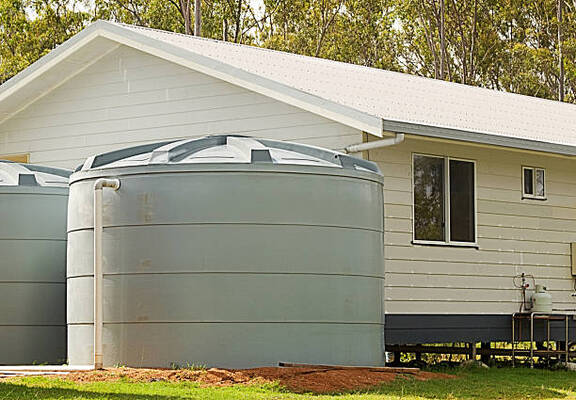- 1-905-452-8193
- Contact Us
- Member Login
- Get Listed Today
- 220,911 members

Water is one of the most important natural resources on Earth. Not only is it essential for human life, but it is also vital for plant and animal life. One of the ways that we can help to conserve water is by installing a rainwater tank.
According to Plumber Brisbane North owner Charlie McCarthy, a rainwater tank is a container that collects and stores rainwater from your roof. This water can then be used for watering your garden, washing your car or topping up your pool. Installing a rainwater tank can save you money on your water bill and help reduce your home’s environmental impact.
There are many reasons why installing a rainwater tank is important. This list explains the important ones.
Rainwater is a renewable resource
Rainwater is a renewable resource, which means that it is replenished by the natural water cycle. This makes it an environmentally sustainable option for watering your garden or washing your car.
Rainwater is free
Because rainwater is free, you can save money on your water bill by using it instead of mains water.
Rainwater is good for your plants
Plants thrive when they are watered with rainwater as it contains nitrogen and other minerals that are essential for plant growth.
Rainwater is soft water
Soft water is less likely to cause mineral build-up in appliances such as dishwashers and washing machines. This can prolong the life of your appliances and save you money in the long run.
Rainwater can be used for recycling
If your rainwater tank is connected to a filter, it can be used to recycle water for washing and other household tasks. This helps to reduce the amount of wastewater that enters the sewer system.
Rainwater tanks are easy to install
Most modern rainwater tanks are simple and easy to install, which means that they can be put up by anyone with basic DIY skills. You don’t need any special tools or equipment – just a few hours free on a weekend! There are also many companies offering installation services if you would prefer to have someone else do the work for you.
Rainwater tanks are low maintenance
Once your rainwater tank is installed, it’s easy to maintain and keep in good condition. You don’t need to do anything other than check that the water level is high enough and that there are no leaks or blockages.
Rainwater tanks come in all shapes and sizes
Rainwater tanks vary in size, so you can easily find one that suits your needs. They range from small containers that are perfect for homes with limited outdoor space, right up to large tanks suitable for farms and commercial properties. The most common sizes are 5000 litres or 10 000 litres. Some tanks also include an overflow outlet which allows excess rainwater to be diverted away from the property, ensuring that the tank does not overflow.
Rainwater tanks are a great long-term investment
Installing a rainwater tank is an excellent long-term investment as it can save you money on your water bills while helping to reduce your environmental impact. The cost of installing the tank will be outweighed in no time by your savings on water usage and maintenance costs!
Installing rainwater tanks contributes to sustainability
By installing a rainwater tank, you can help to contribute to sustainable living by reducing your home’s impact on the environment. It also helps with conservation efforts as every drop of rain that collects on your roof adds up! As well as this, many states offer incentives for installing rainwater tanks, such as tax rebates or energy efficiency grants.
Rainwater tanks are low cost
The initial cost of installing a rainwater tank is relatively small compared to the long-term savings it can provide. You can also purchase second-hand tanks which will save you even more money but may require some maintenance when you first install them.
There are many ways to connect your tank to your home’s water supply
If you have a large enough roof area and space in your yard, you may be able to bring the rainwater from your roof into the house directly by connecting it directly to your water supply system. This is called ‘direct potable reuse, which means that you can use the rainwater straight from your tank for drinking. Other options include connecting to a tank water filter or using rainwater for outdoor purposes only.
